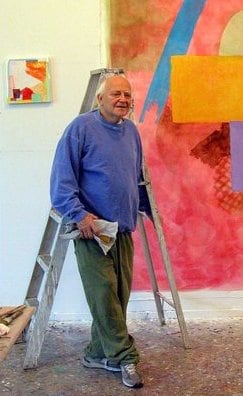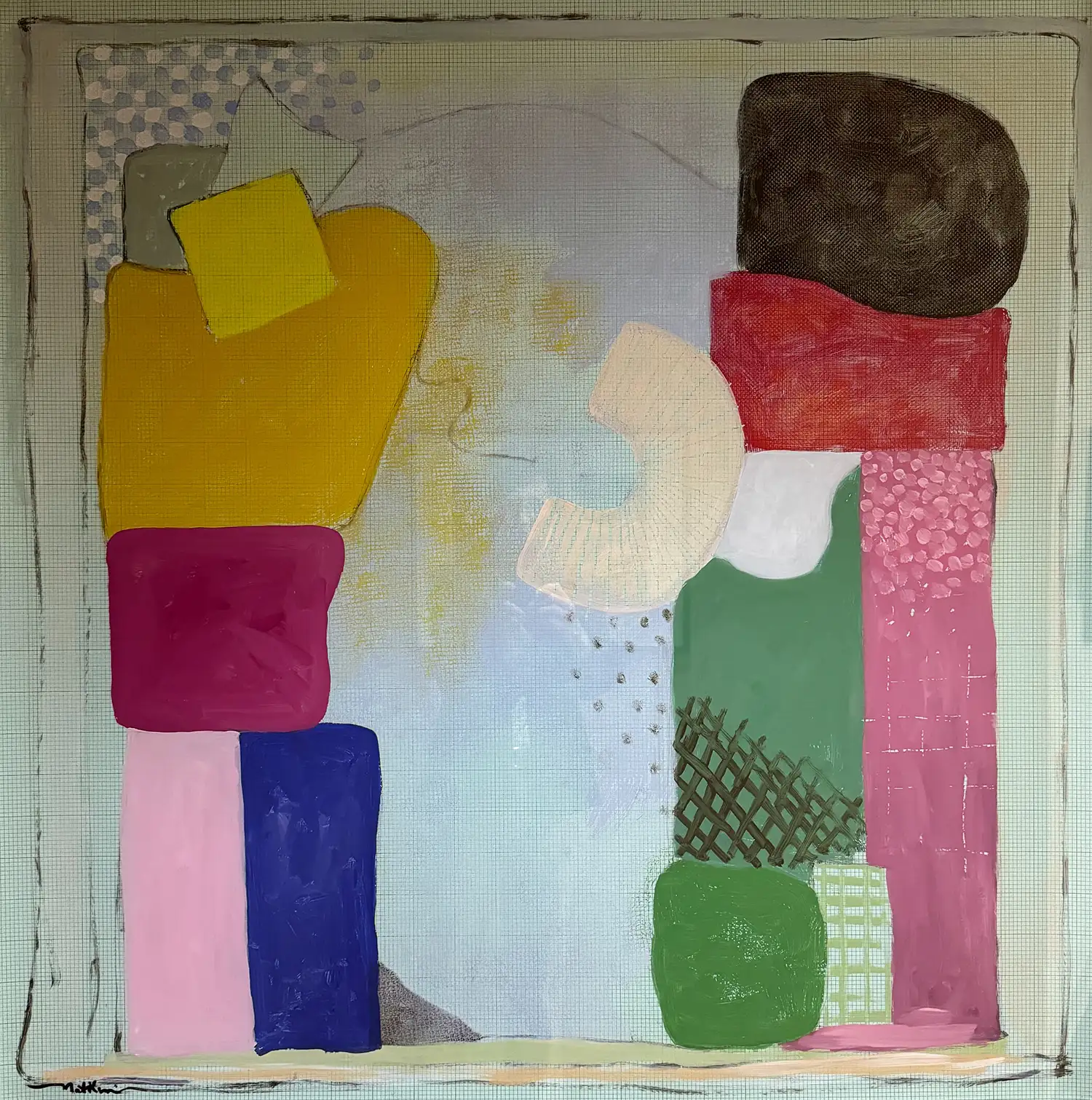Robert Natkin

(1930 - 2010)
Robert Natkin was an important American abstract artist who rose to fame during the 1960s and 70s. Though his style is related to Abstract Expressionism, his color palette is linked more closely to the work of Henri Matisse, Wassily Kandinsky and Pierre Bonnard. He is known for lyrical canvases that reflected his interest in color, shape, line and texture.
Natkin was born in Chicago to an impoverished family during the Great Depression. His father was a used cloth dealer, which may explain Natkin’s technique of applying paint using rags and netting. An encounter with a book on Swiss artist Paul Klee inspired Natkin to become an artist, and he enrolled in the Art Institute of Chicago in 1947. Klee proved an influence on Natkin for much of his career, as evidenced in his spontaneous use of line and color, as well as his use of geometric and biomorphic shapes.
Natkin has a Texas connection via his inclusion in the 1962 Ways and Means exhibit at the Museum of Fine Arts in Houston. His work may be found in such notable museum collections as the MFA Houston; the Art Institute of Chicago; the Guggenheim Museum, NY; the Museum of Modern Art, NY; the Whitney Museum of American Art, NY; the San Francisco Museum of Art; the Los Angeles County Museum of Art; the Hirshhorn Museum, D.C., and the Centre Pompidou in Paris.
Art on Campus
Untitled
Year: 1980s
Medium: Acrylic and Drawing on Graph Paper
Location: Speech and Hearing Lobby
Gift of Betty Moody in Memory of Clint Willour and Reid Mitchell
This painting is from the Hitchcock series Robert Natkin produced in the 1980s. Throughout his lengthy career as an artist, Natkin chose to create bodies of work in a series, and he gave each series a name that had some personal meaning to him. Titles include names such as Apollo, Straight Edge, Field Mouse, and Step. After visiting the Klee Foundation in Bern, Switzerland in 1977, Natkin created a Bern Series. The Hitchcock series that followed was named for the famous movie director Alfred Hitchcock. Natkin, a film buff in his youth, appreciated Hitchcock’s ability to portray human nature and stressful situations in a light-hearted manner.
This work is a classic example of Natkin’s Hitchcock series. Painted on a massive sheet of graph paper, it contains his signature grid, dots, whimsical mark making and blocks of color. It could almost be interpreted as two abstracted human forms engaged in conversation. The colors are bright and playful giving the overall painting a sense of lighthearted joy.

